If you are into Japanese green tea, then Sencha and Gyokuro are probably two teas you have come across many times, each of them deliciously unique, yet both being teas that should be found in your tea collection. But when it comes to relaxation, this is where things start to get a little real. So, we have sencha on one hand: refreshing and an everyday tea, and on the other, we have Gyokuro, the rich, umami champion. Which will be supreme to steal your chill time? Let’s dive into the world of sencha and Gyokuro and get down to brass tacks on everything you need to know about these Japanese green teas. Get ready to learn some seriously interesting tea facts.
What is Sencha?
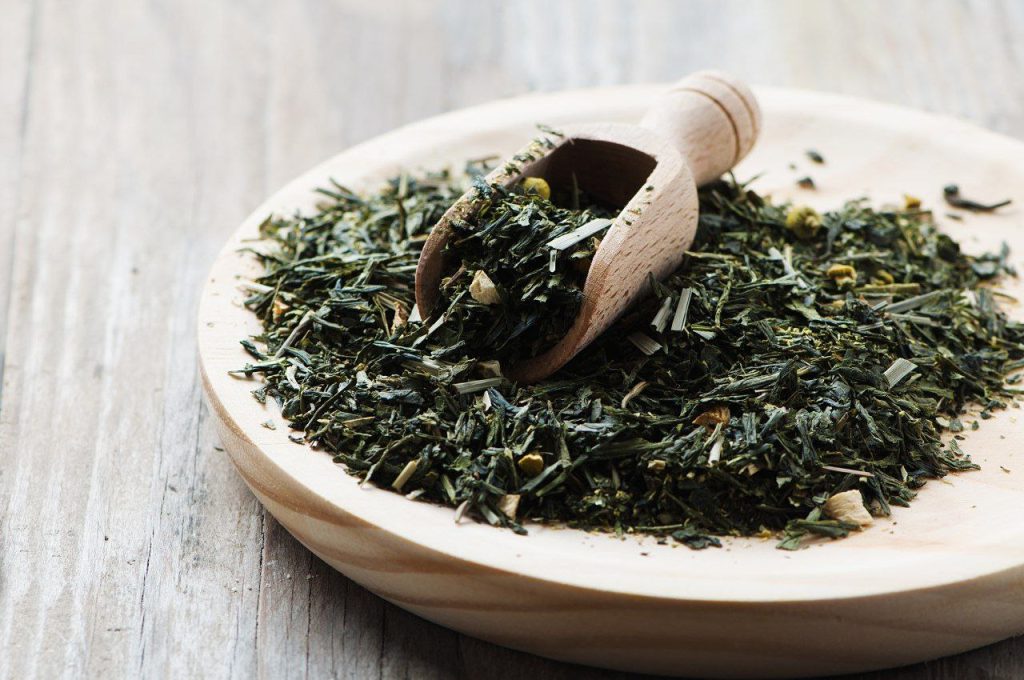
Sencha is essentially the most consumed Japanese green tea, and it’s produced through the steeping of whole tea leaves in hot water. Unlike matcha, wherein you consume the powdered leaves directly, sencha means that you’re only getting the infused water. It is really common within Japan and makes up about 80% of their tea output. What makes sencha stand out is that it’s usually not shaded, or just shaded for a short time, unlike other teas such as Gyokuro. The taste will change by when and where it was grown, but for its light and fresh flavor, shincha is the best, meaning the fresh and first batch of leaves of the new season. When brewed right, sencha has this beautiful greenish-gold color, and the taste will change by the water temperature: colder water makes it smooth and soft, and hot water will give a little kick to it. One cool thing about sencha and other Japanese green teas is that after being picked, it gets steamed right away to keep that fresh grassy taste, which does not happen with Chinese teas; they get pan-fried. That is why sencha has that bright vegetal flavor that sometimes makes you think of seaweed! If you want a refreshing taste, something clean, then sencha’s got you covered.
If you’re interested in Sencha and want to explore its details, here’s your guide to the world of Sencha—from its history to harvesting and beyond: Sencha Tea: Benefits, Brewing Tips, and Japanese Heritage
What is Gyokuro?
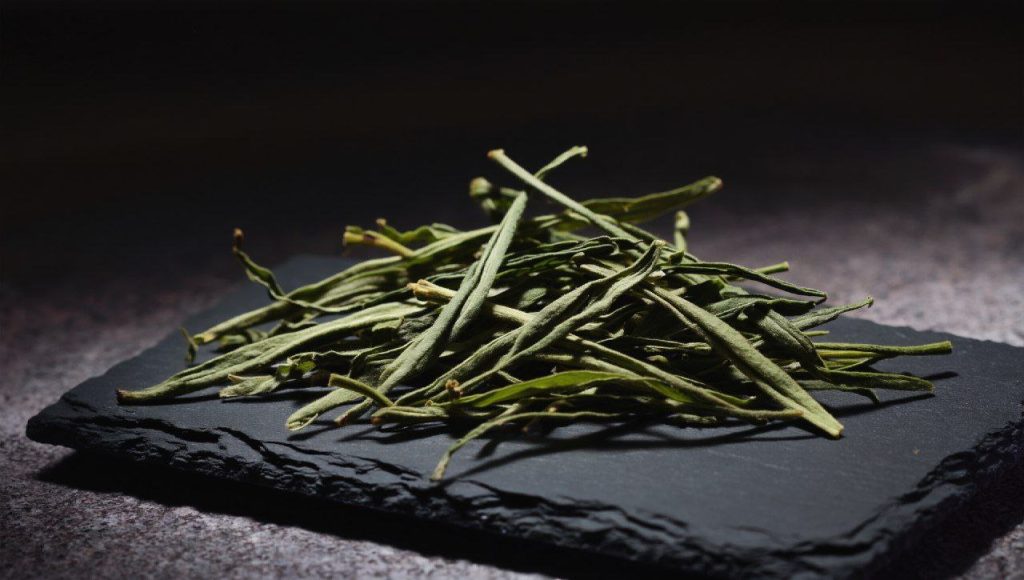
Gyokuro is an extra special Japanese green tea in that it grows in shade, unlike most other teas, such as sencha, which grow in all that sunlight. This gives it a very different flavor profile: less bitter, with a nice savory taste-somewhat like umami. Leaves are shaded for about 20-30 days before they get picked, which is just enough to trick the plant into producing more of a relaxing amino acid called L-theanine and less of the stuff making tea taste bitter. This results in a smoother, more mellow cup; it is still caffeine-rich, though-that again depends on how it has been produced and how much it was shaded, as higher qualities of Gyokuro get more shading. The leaves then get steamed, dried, and sometimes even hand-rolled after being picked. Whatever remains, like stems, might be used for a lighter tea called karigane. If you’re looking for unique flavors and something super soothing, you may want to give Gyokuro a try.
Sencha and Gyokuro: What’s the Difference?
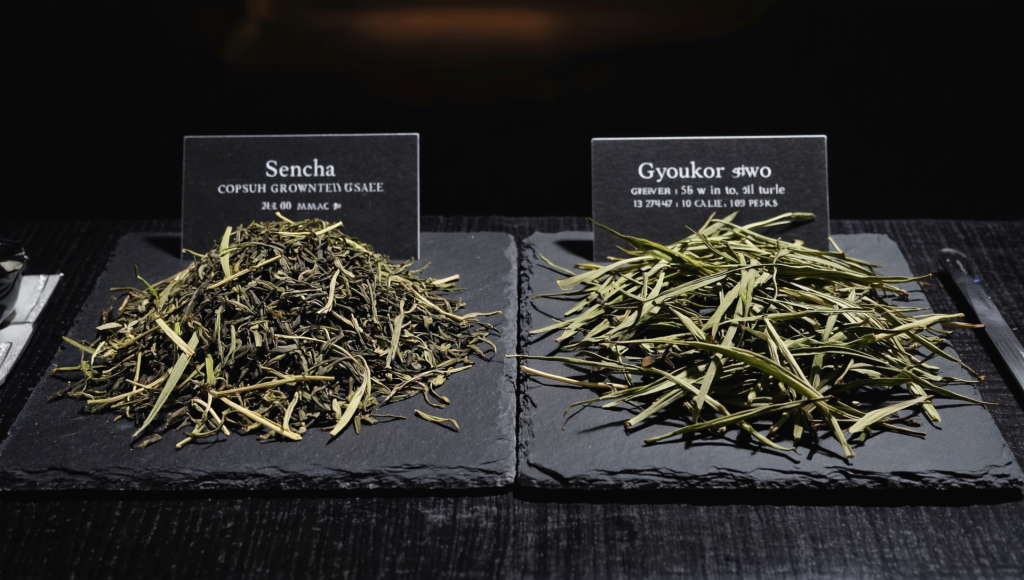
Well, actually, both these Japanese green teas are great, just very different. Sencha is fresher and more grassy, with umami perfection of sweetness and savory. That is because it is steamed immediately after harvesting, which captures the vivid green flavor of it. A good Sencha can become a reliable choice when one feels like having something light and refreshing.
Gyokuro is a luxury tea, with plants shaded for about a month before harvesting, thereby yielding leaves containing a high amount of chlorophyll and amino acids. As such, the result is deeper green, more intense in flavor, creamy, followed by floral sweetness, and with a lingering umami. Rich and complex, and a chance really to savor-this is Gyokuro. Not that both are not good in their own ways, but Sencha is good to drink any day while Gyokuro is saved for special occasions.
If you’re excited to dive into the world of green teas, check out GoldenHerbs.com—a trusted source for premium, high-quality green tea varieties!
Sencha and Gyokuro: A Quick Comparison
Want to know how Sencha and Gyokuro go up against each other? Well, here’s a quick snapshot of what makes each tea different from the other, from flavor profile to brewing temperature, so you can choose your best cup fast.
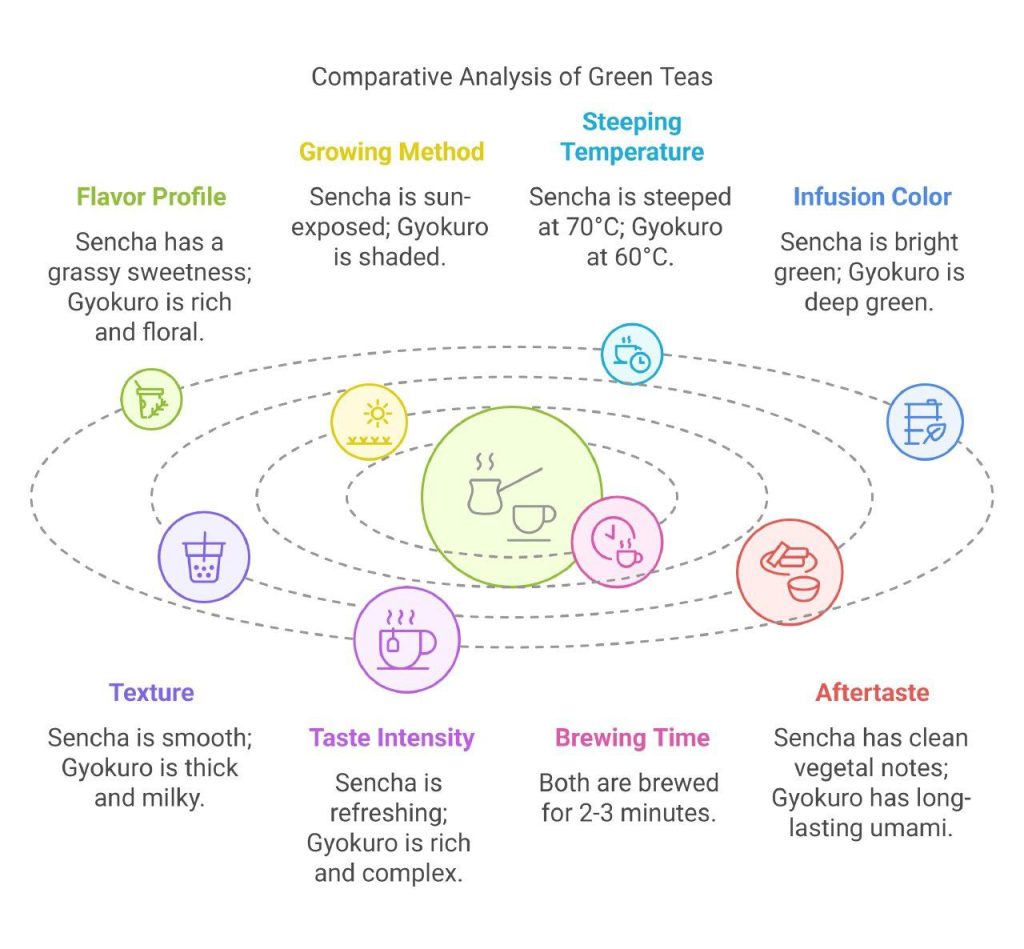
Which Tea Will Calm the Senses Best: Sencha or Gyokuro?
So you’re interested in green tea-or at least a little bit curious about the world of sencha and Gyokuro. Both these Japanese green teas are delicious and far from comparable in terms of the ability to offer a soothing, relaxing solution. Which will win the coveted spot for chilling? Let’s unpack the leaves to see which of these two may claim the winner’s title of ultimate relaxation source!
What does relaxation look like in a cup of tea?
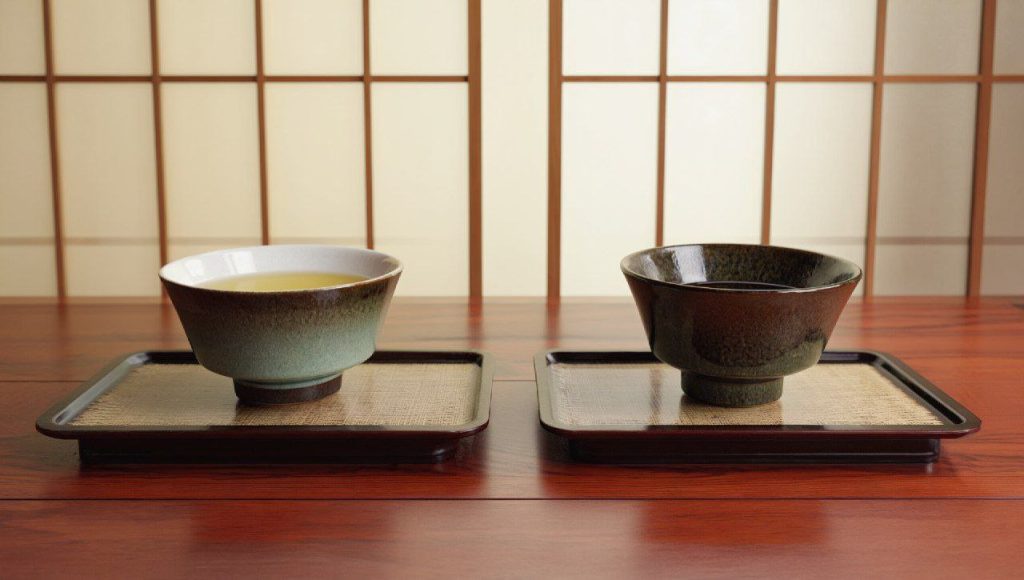
It’s all about the umami-that savory, satisfying taste-and the relaxing compounds behind it. Green tea proudly contains this wonderful amino acid called theanine, which provides tea with that calm feel and makes you feel more relaxed. Bonus point: theanine is related to glutamate, another amino acid responsible for that savory umami flavor.
But best of all, green tea includes catechin, which provides green tea with astringency, and caffeine-a stimulant that boosts energy levels! Their balance depends upon the ways tea is grown and then processed-again, things come full circle, back to sencha and Gyokuro.
Gyokuro: The Relaxation Pro
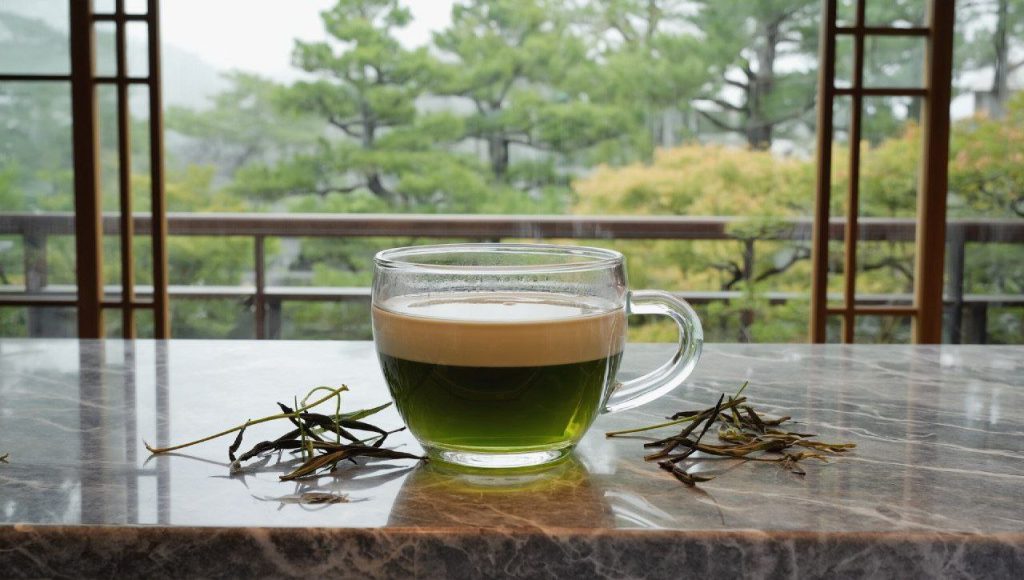
Gyokuro is the VIP of green tea. But why? It’s grown in the shade, which shelters the leaves from sunlight. The shade-growing process means less catechin-so less astringency-and more theanine. In other words, Gyokuro is serious about umami and sweet flavors, which earns it the title of the most relaxing tea anywhere.
In fact, Gyokuro is loaded with 2.5g of theanine and 0.45g of glutamate per 100g. That is a whole load of umami! When you want to unwind, drink up a cup of Gyokuro, because it is literally relaxation in a teacup.
Sencha: The Everyday Hero
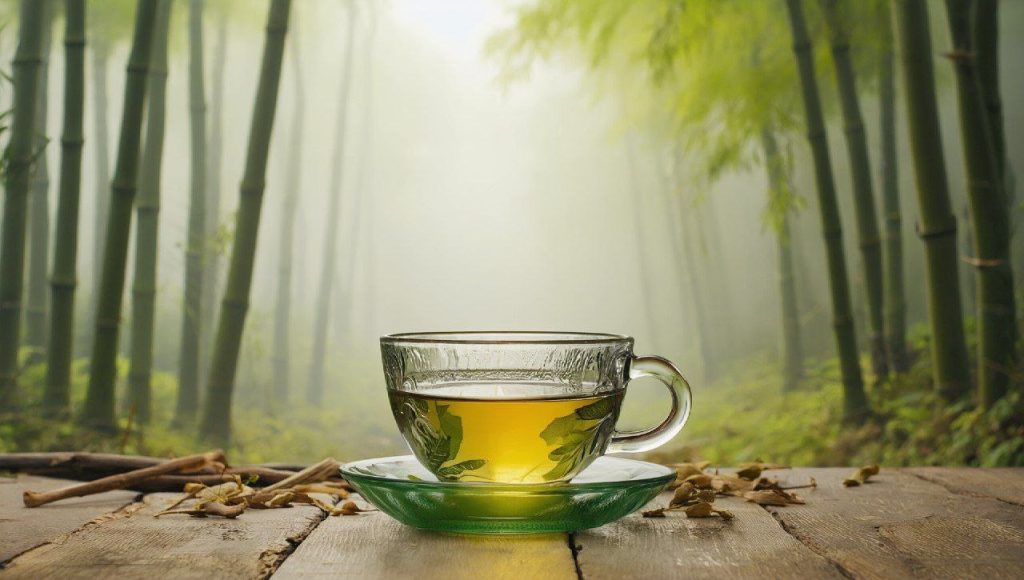
Now, sencha is not too far behind. Grown in full sunlight, it gives it a more balanced flavor profile. More catechin means a bit more astringency, while the caffeine content gives it a good tickle; thus, it’s one of those teas to go to when you want to have something refreshing yet sedate to drink. Call it an afternoon pick-me-up.
Which One Wins at Relaxation?
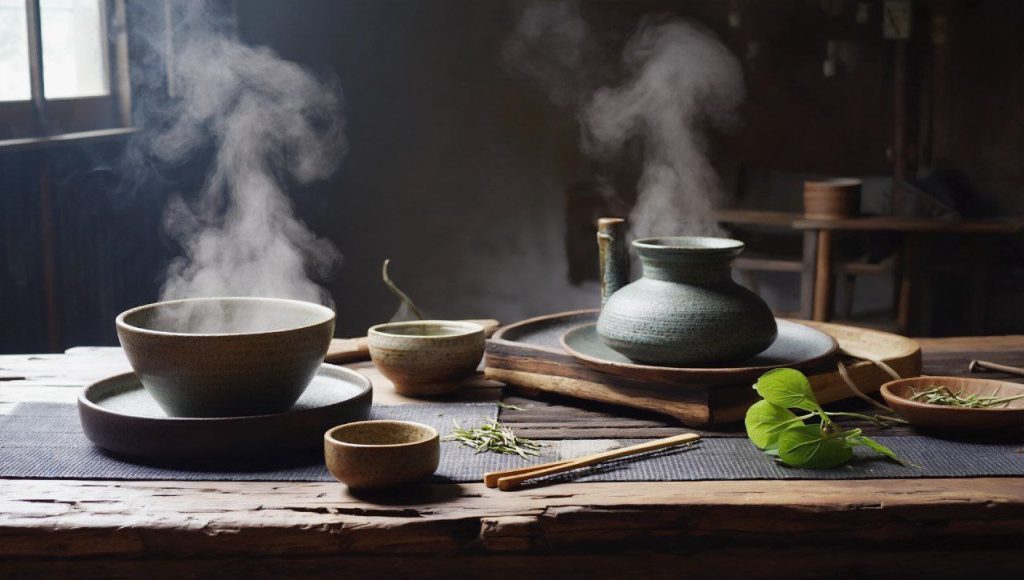
If talking about pure relaxation, Gyokuro wins. High in theanine, this tea is so soothing, perfect for those other times when you have nothing better to do than kick back, letting all the stress melt away. Of course, there is no sleeping on sencha either. The versatility in it stands out, excellent when you need to focus and be productive but never without the slight streak of calmness.
Both are stars in their own way, of course, of the variety of Japanese green teas. Sencha will do for refreshing, everyday tea, while Gyokuro will be in demand when one wants a rich, relaxed experience.
Why choose between them? Have both on hand and get your best of both worlds! Want more tea insights? Check out Matcha Latte Experience or learn about Sencha Tea Benefits.
Conclusion
Both Sencha and Gyokuro have their merits that make them outstanding in the world of Japanese green teas. Sencha is your everyday tea to refresh you with its well-balanced flavor that fits just about any occasion. Light and grassy, full of vibrant greenery, it makes a great cup. Whereas Gyokuro will grant you a more sumptuous and relaxing drink with its rich, creamy taste and soothing umami to create the best relaxation. From a daily cup to an extra-special treat, both are rightly placed in your collection. Why choose? Enjoy both variations and relish the versatility these incredible teas will give you!

